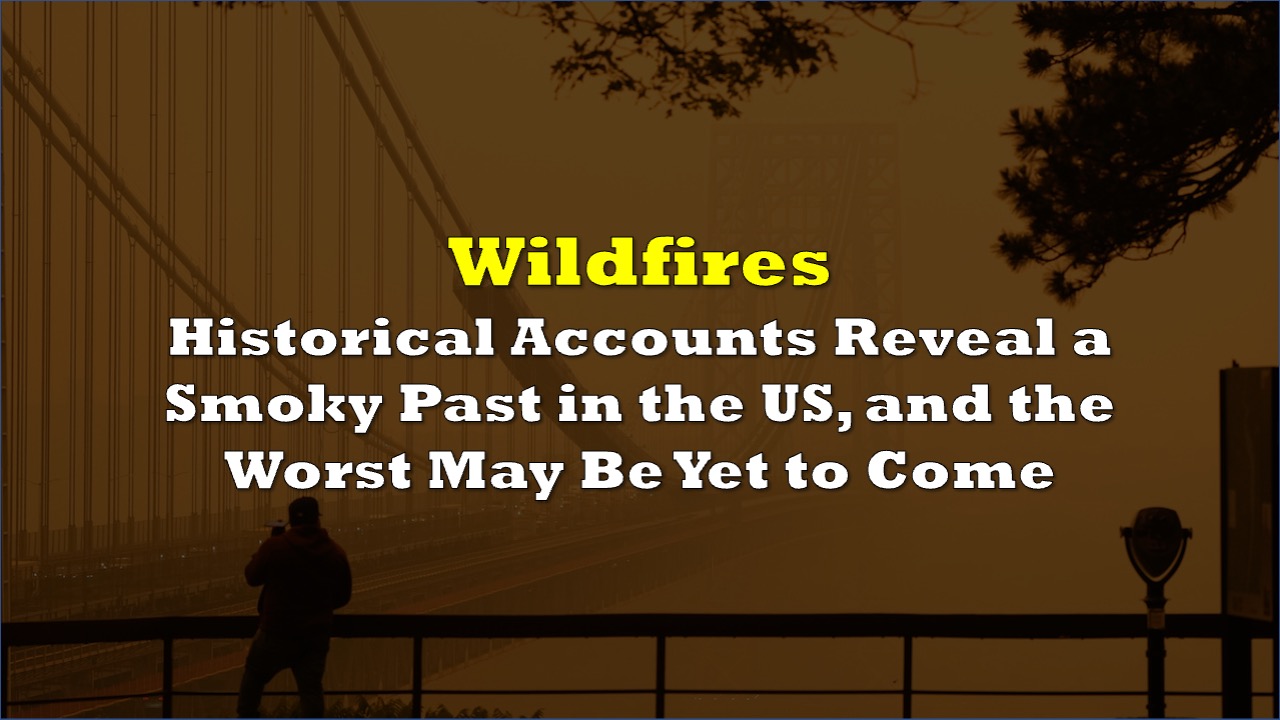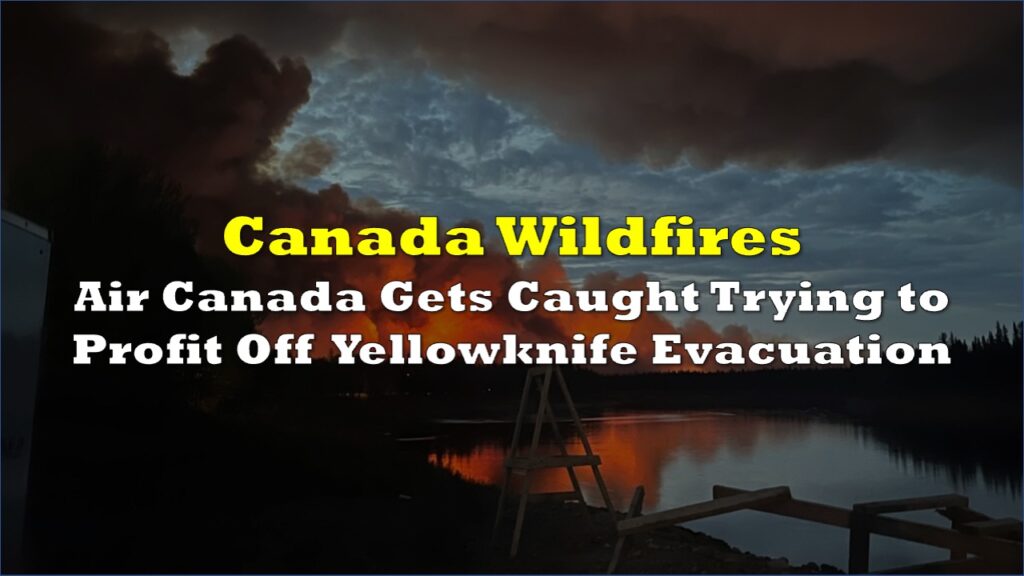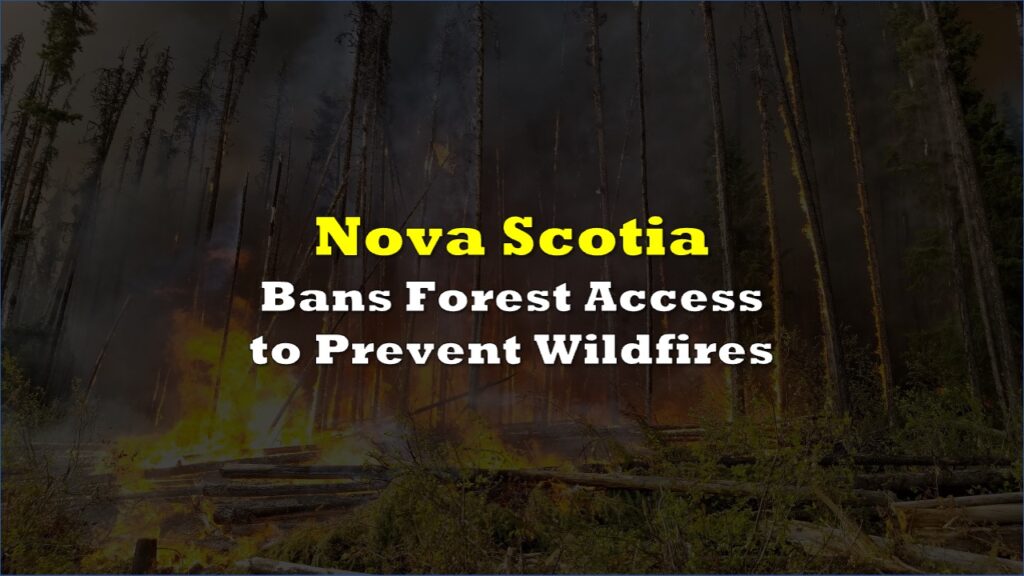The recent smoky days that have plagued the Midwest and Northeastern regions of the United States are not unprecedented. In fact, smoke from wildfires was a familiar occurrence in the country until the relatively smoke-free second half of the 20th century. A Bloomberg Opinion article by Justin Fox explores the historical accounts of wildfire smoke and its impact on American society.
Fox references the infamous “New England’s Dark Day” on May 19, 1780, when the skies turned dark and caused panic among the population. Harvard College professor Samuel Williams later determined that the darkness was a result of clouds, fog, and forest-fire smoke interacting with each other. Similar occurrences were reported in Massachusetts in the 18th century and Detroit in the 1760s, all likely due to wildfire smoke.
Before European settlers arrived, Native Americans regularly used fire to manage the environment, clearing forests and grasslands. Early settlers also employed fire for land clearing, unintentionally sparking many blazes. The introduction of railroad engines further contributed to the spread of wildfires. The second half of the 20th century saw a period of fire suppression, which successfully reduced fire incidents but disrupted the natural balance in forests.
Fox highlights that the increase in recent wildfire incidents in the Western US can be attributed to rising temperatures, relaxed fire suppression policies, and fuel buildup from the previous suppression era.
However, it’s important to note that the current fire levels do not surpass historical norms. In contrast, the Eastern US has experienced a different trend, with a cooling trend in the Southeast and a warming and wetter pattern in the Northeast, Upper Midwest, and Ohio Valley.
“Alarmed by Smoke? New Englanders of 1780 Would Like a Word. The dearth of wildfires in the second half of the 20th century was a historical anomaly.” https://t.co/IHPiC1RJc5
— Stanphyl Capital ❌ (@StanphylCap) July 1, 2023
Shhh… Don’t tell the climatetards! Their lives will lose all meaning!
A different story up North
But in Canada, which is currently experiencing blazing fires, Fox notes that it seems that “climate change would be the main force driving changes in wildfire behavior there, and that this year’s fires are a harbinger of worse to come.” The United Nations’ Intergovernmental Panel on Climate Change warns as much, but only with “medium confidence” as predicting future wildfire trends remains complex and challenging.
Canadian officials have expressed concern about the broad geographic extent of the fires. While wildfires are expected from May to October every year, officials point out that the severity of the spread of the current wildfires is unusual, especially at this early stage of the year.
As of the latest update from the Canadian Interagency Forest Fire Centre, there have been 3,357 wildfires since the beginning of the year, scorching at least 8.5 million hectares (21 million acres) of land across the country. According to the National Forestry Database, this year’s acreage burned has already surpassed the previous annual record set in 1989.

As of this writing, the latest interagency tally reports 626 active fires in Canada, with a majority or 336 classified as “out of control,” 183 “under control,” and 107 “being held” or not under control but also not moving.

Efforts to combat the wildfires have prompted the government to declare a “national preparedness level 5,” mobilizing all necessary resources, and it’s not even halfway through the season.
Information for this story was found via Bloomberg, CBS News, CIFFC, NFD, and the sources and companies mentioned. The author has no securities or affiliations related to the organizations discussed. Not a recommendation to buy or sell. Always do additional research and consult a professional before purchasing a security. The author holds no licenses.








